XRP's victory and the US Securities and Exchange Commission's recognition of Bitcoin ETFs have fueled hopes that the "crypto winter" may be over.
After a long period of uncertainty about the future, a series of bankruptcies and regulatory ambiguity, investors are starting to talk about the end of the “crypto winter”, the term they use to describe the period of market decline and gloom. The discussion on this topic is lively after the end of the first half of the year, Bitcoin increased by more than 80% to the $30,000 per coin, becoming the most effective investment channel and surpassing stocks, gold and crude oil.
In addition, the New York Court's ruling on July 13 that XRP tokens are not securities as alleged by the US Securities and Exchange Commission (SEC) opened a turning point for the cryptocurrency community. This is also the first victory of a cryptocurrency company in SEC lawsuits. Reuters commented that this is a "landmark victory" for the cryptocurrency industry in the context of the SEC's continuous pressure to control the market.
Overnight, XRP jumped from under $0.50 per unit to over $0.80. Immediately, Bitcoin - the world's largest cryptocurrency - followed suit, reaching its highest price in a year, at one point touching $31,818. Ether - the second largest cryptocurrency in the market, also had its highest session since March. Following the upward trend in the price of cryptocurrencies, the global cryptocurrency market capitalization was raised to $1,300 billion, up 6% in 24 hours and up 35% compared to a year ago. Immediately after that, analysts announced that the cryptocurrency winter would end this week.
The XRP news coincided with a number of other important events. Alex Mashinsky, the former CEO of the bankrupt cryptocurrency lending company Celsius Network, was arrested on July 13 on seven charges. He was later released on $40 million bail. He immediately denied the fraud allegations.
In addition, Bloomberg reported that the SEC has acknowledged the Bitcoin ETFs filed by asset management giants BlackRock and Fidelity, among others. This acknowledgement does not mean approval, but it represents progress and marks an important step in the US regulatory process for the cryptocurrency market. Previously, many observers believed that the SEC's attitude towards Bitcoin ETFs would largely determine the end of the crypto winter.
“The regulatory environment is changing and based on the events of the last 24 hours, I think things are likely to get better,” a US-based market analyst told Crypto Politan .
The SEC ruling sparked a new wave of small-cap cryptocurrencies that came after Bitcoin, known as altcoins. Tokens like Solana, Matic and Stellar surged 15-50% and shares of the exchange Coinbase hit an all-time high, up 24%.
Another crypto market analyst added: “If centralized crypto projects are not securities, it could make the US Commodity Futures Trading Commission (CFTC) more likely to become the primary regulator for the industry. This is something that most people in the crypto space would like.”
While altcoin liquidity remains low, Bitcoin and Ether are trending higher. CoinDesk’s Bitcoin Trend Indicator, which tracks the coin’s trend, has been pointing to an uptrend for over a month.
Likewise, Coinbase’s stock traded at a 14-month high on July 13, further bolstering market confidence. The entry of traditional financial services firms into crypto has brought in large sums of money. Analysts say this brings back memories of the money-flow boom that boosted Bitcoin’s value by 300% in 2020.
However, some are still wary of the crypto winter ending early. China remains largely outlawed in cryptocurrency trading, while in the US, a number of other legal battles are still pending, the outcome of which could be crucial to the success or failure of the market.
The world’s two largest exchanges, Coinbase and Binance, are still facing lawsuits from the SEC and other regulators. Last month, the SEC told the media that the cryptocurrency market is “built on non-compliance,” signaling the agency’s tough stance on the sector.
Little Gu
Source link



![[Photo] Prime Minister Pham Minh Chinh commends forces supporting Myanmar in overcoming earthquake consequences](https://vstatic.vietnam.vn/vietnam/resource/IMAGE/2025/4/10/e844656d18bd433f913182fbc2f35ec2)
![[Photo] April Festival in Can Tho City](https://vstatic.vietnam.vn/vietnam/resource/IMAGE/2025/4/10/bf5ae82870e648fabfbcc93a25b481ea)
![[Photo] Opening of the 11th Conference of the 13th Party Central Committee](https://vstatic.vietnam.vn/vietnam/resource/IMAGE/2025/4/10/f9e717b67de343d7b687cb419c0829a2)







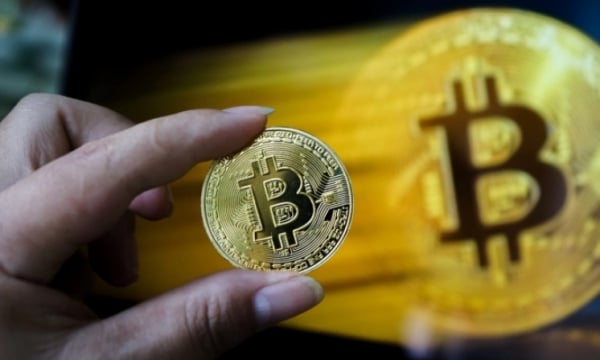
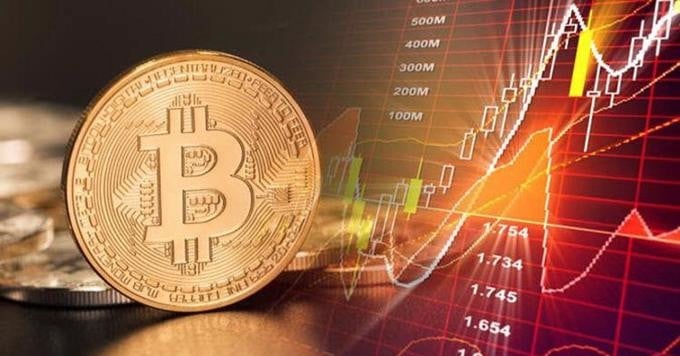


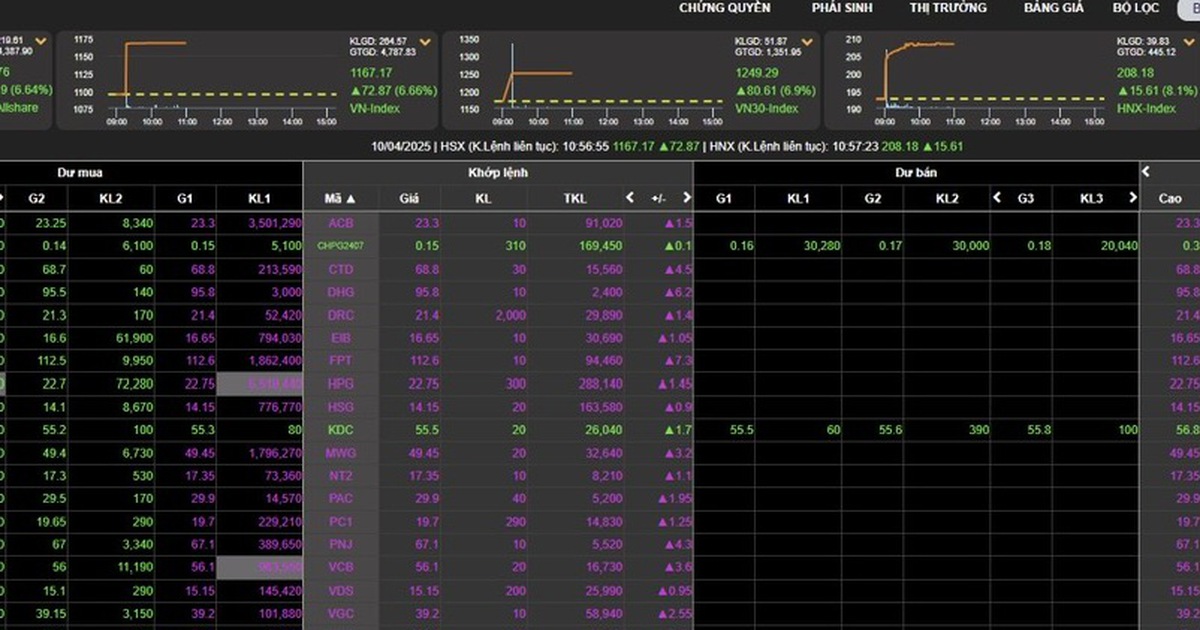













![[Photo] Reliving the heroic memories of the nation in the program "Hanoi - Will and belief in victory"](https://vstatic.vietnam.vn/vietnam/resource/IMAGE/2025/4/10/19ce7bfadf0a4a9d8e892f36f288e221)



























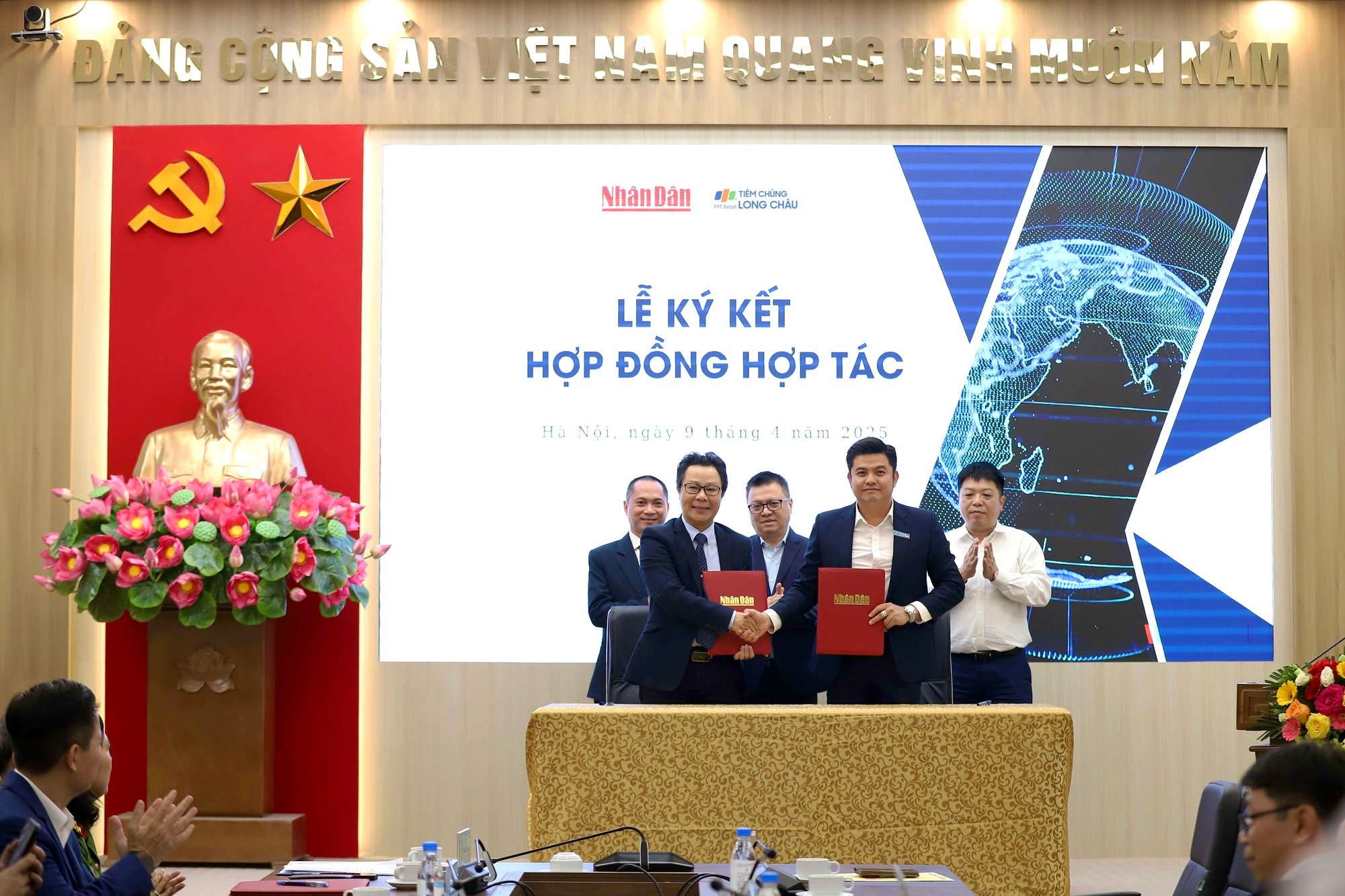

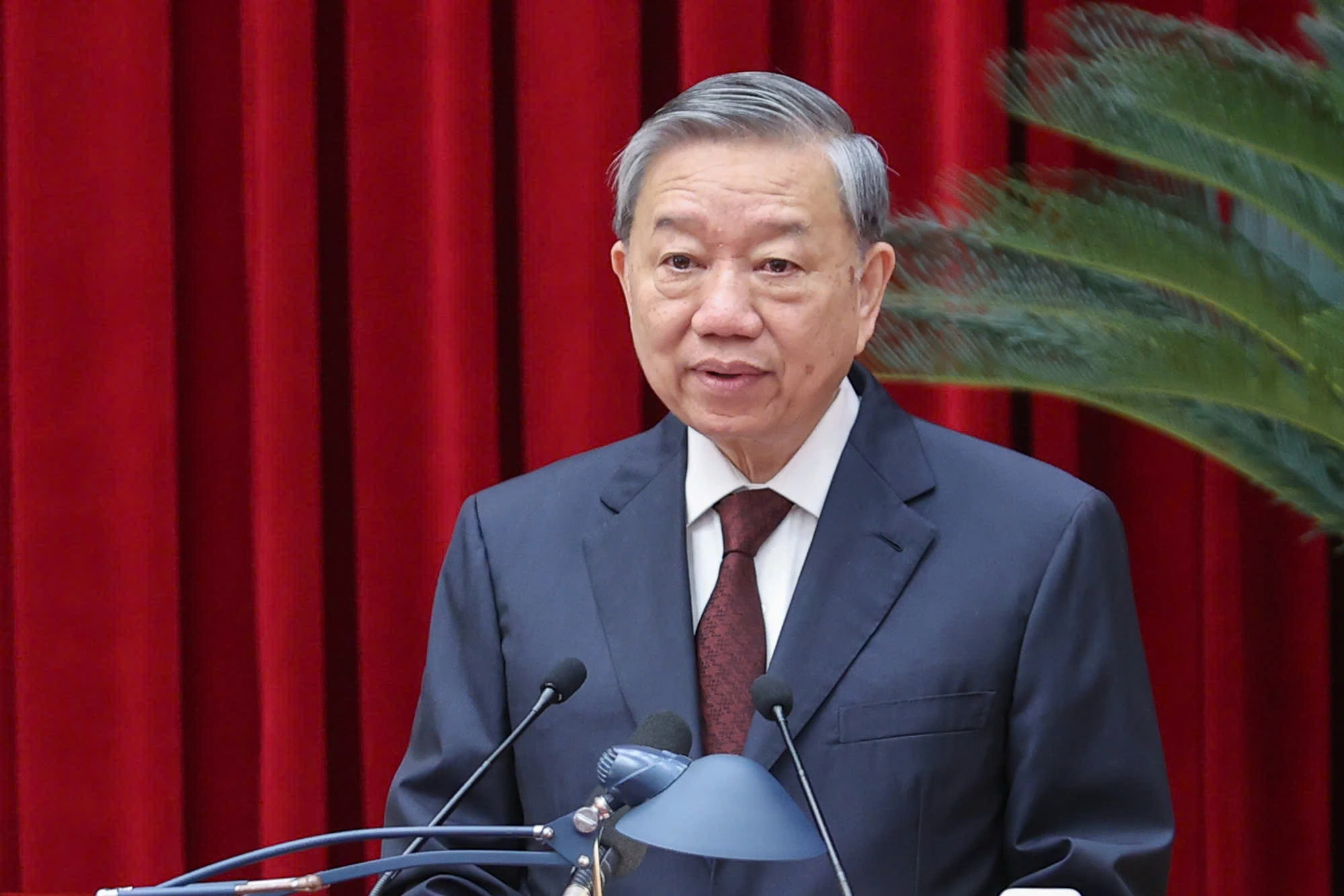
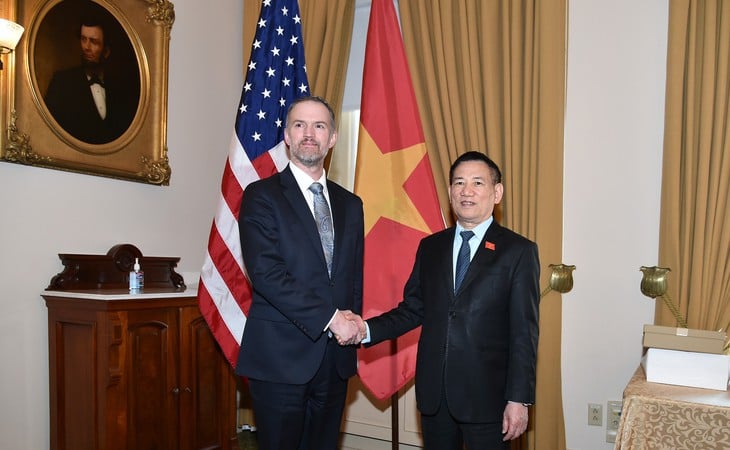
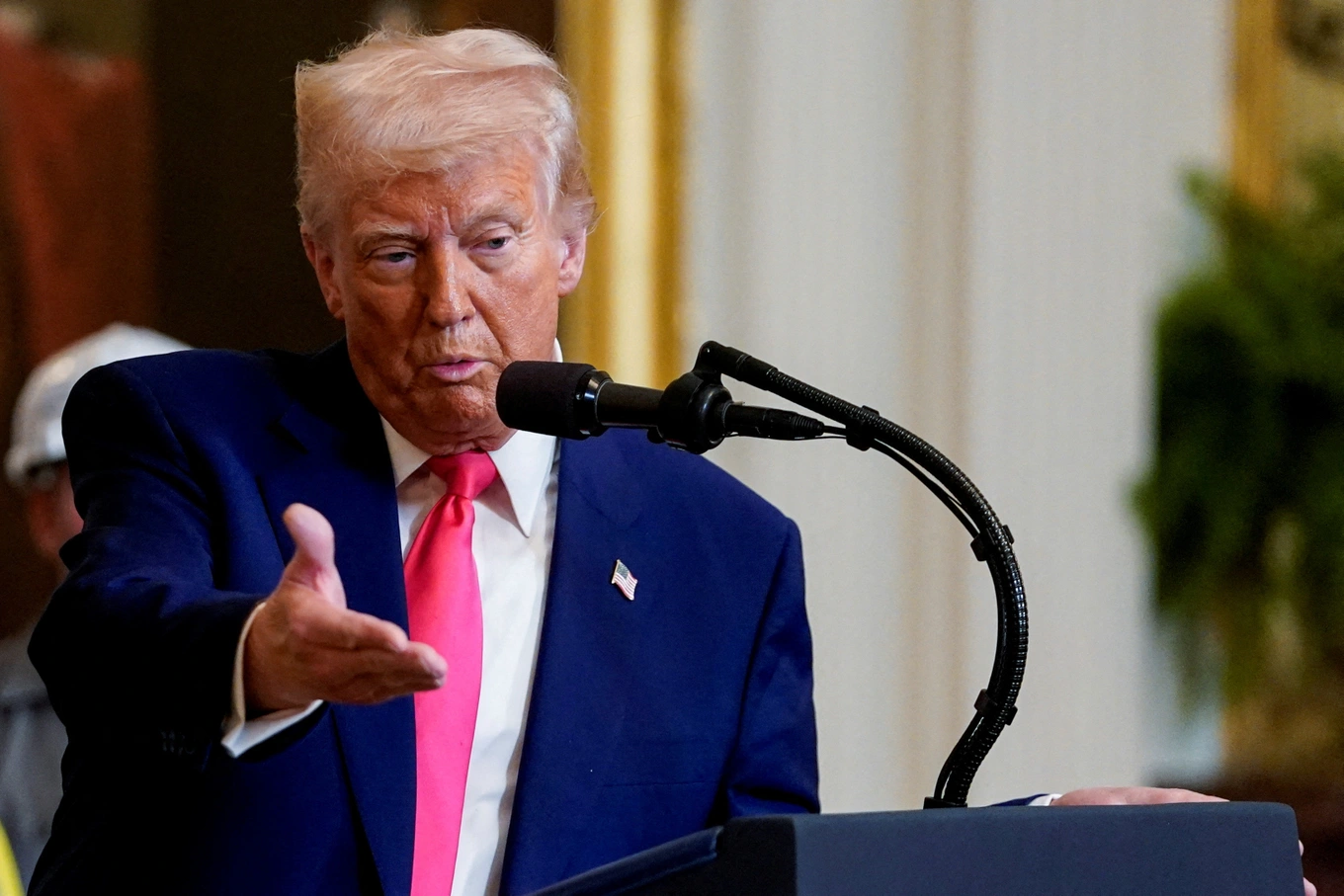
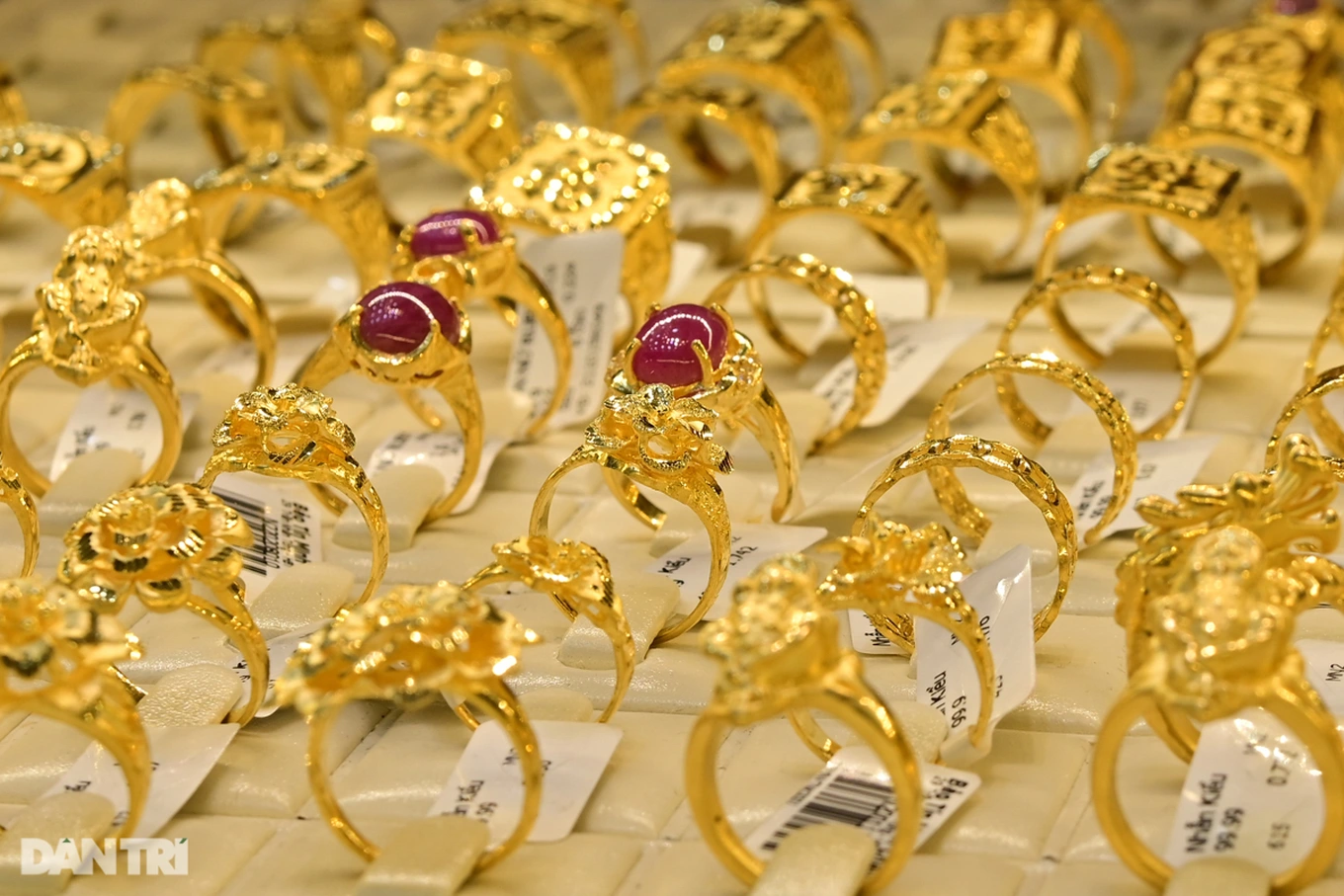





























Comment (0)